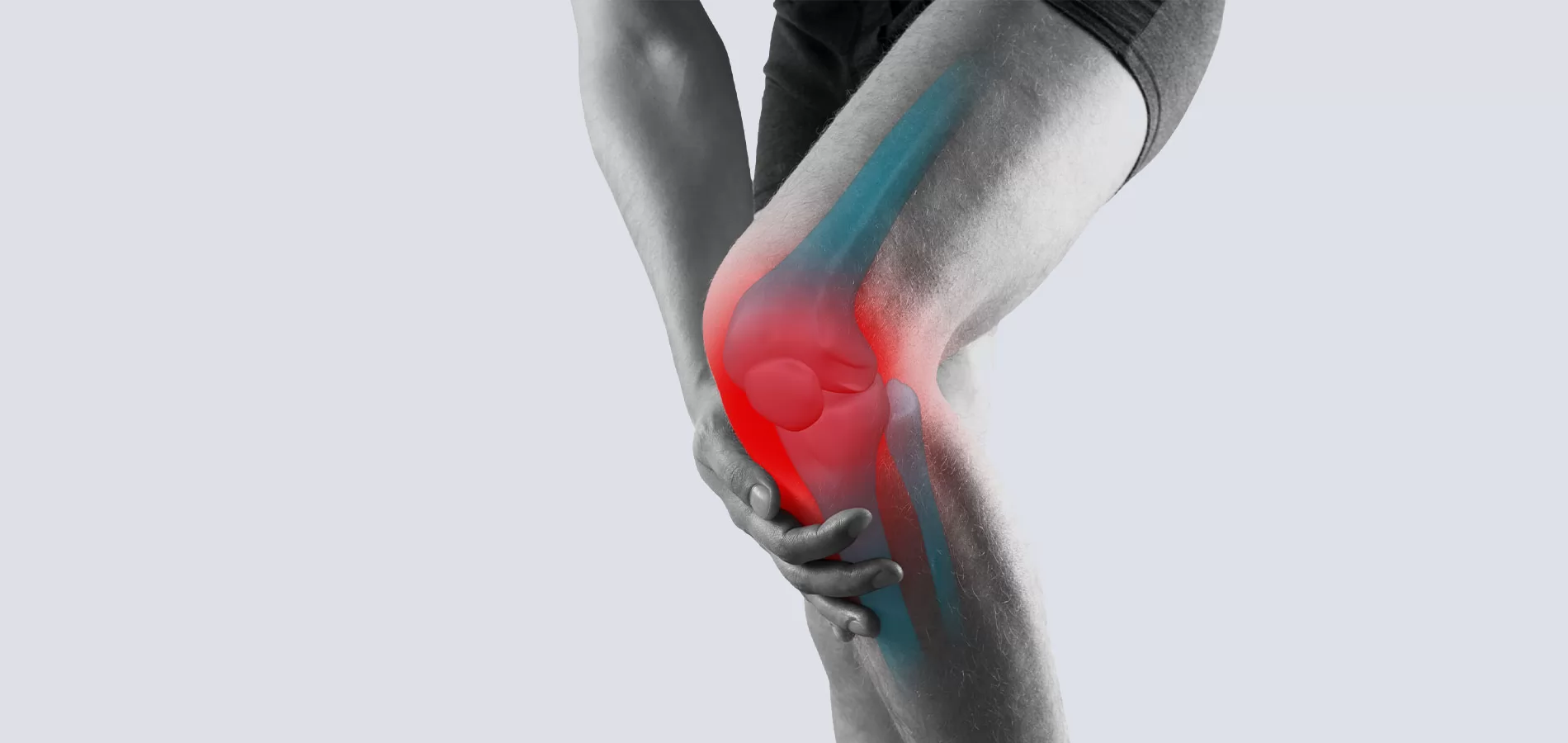Osteoarthritis Doctor Explains the Progression of Osteoarthritis, causes & Treatments

Best osteoarthritis doctor in Hyderabad | Knee osteoarthritis surgery indication
Arthritis and advancing age (aging) go hand in hand. This means osteoarthritis predominantly affects elderly people – both men and women. The risk of developing osteoarthritis increases after age 45 years. Though age is a major risk factor, even young people can also develop osteoarthritis. In general, anyone who is aging is at an increased risk of developing osteoarthritis. Excessive usage of joints, lifestyle, indulgence in high-impact activities, high-impact sports, overuse-related wear and tear of knee joints; a strong family history (hereditary) can increase the risk of osteoarthritis.
Knee osteoarthritis surgery indication
Osteoarthritis of the knee joint cause silent damage over a period of time. In almost all cases symptoms do not show up until the condition reaches advanced stages. The silent progression of osteoarthritis occurs in the following stages causing slow and progressive damage.
Stage 1: In the first stage of the condition the gap between the bones appears normal though the cartilage is slightly damaged. Individuals with osteoarthritis at this stage do not experience any symptoms.
Stage 2: In this stage, the damage appears slight. Even the space between the knee bones appears normal, but dense, thickening, and hardening areas in the cartilage layers stand out in X-rays. Joint stiffness, pain, and discomfort are the common symptoms at this stage of the disease.
Stage 3: At this stage, the cartilage appears thin and the gap between the bones narrows down. The cartilage becomes thin and gradually worn out. X-rays reveal the condition explicitly. Symptoms become severe – pain and discomfort, walking difficulty, moving up and downstairs becomes difficult. Joint inflammation becomes prominent with the build-up of synovial fluid (synovitis). The person having this condition may feel the warmth on touch in the inflamed area of the knee joint.
Stage 4: This stage is the most advanced stage of Osteoarthritis. The space between the knee bone joint narrows down to an extent that bones appear quite close (X-rays show bone-on-bone condition). Joint stiffness becomes quite prominent with severe knee pain and walking difficulty. With less joint space due to less synovial fluid, friction develops. Cartilage breaks down further causing more severe pain and discomfort.
Osteoarthritis of the knee radiology
X-rays reveal bone on bone condition wherein either a very little cartilage is left or the cartilage has completely worn out.
Those who develop this condition have bone lumps and feel the pain that augments with activities – such as walking.
In severe cases, the bones may become deformed and angulated because of asymmetric loss of cartilage.
At this stage, surgical treatment remains the only option.
Causes of osteoarthritis of the knee joint
Age – The Major Risk Factor
Individuals involved in jobs that demand lots of activity including lifting heavy weights, squatting, kneeling and moving up and down stairs are at increased risk of developing osteoarthritis of the knee owing to lots of pressure and stress on the knee joint.
Excess Body Weight
High-impact games and Heavy Physical Activities
Other illnesses
Rheumatoid arthritis is the main reason for osteoarthritis development. People with certain autoimmune, hormonal, and growth disorders are also more likely to develop osteoarthritis. Metabolic disorders including excess growth hormone secretion and iron overload are the higher risk factors for osteoarthritis.
Knee osteoarthritis Treatment in Hyderabad
Treatment Options for the Osteoarthritis of the Knee Joint
Knee Osteoarthritis Treatment During the First-stage of the Disease
Knee Osteoarthritis Treatment in Hyderabad for the Second-stage Disease
Third and Fourth-stage Osteoarthritis Treatment
Knee osteoarthritis surgery indication
An experienced and expert orthopedic surgeon or the best osteoarthritis doctor in Hyderabad recommends either partial knee replacement or total knee replacement if a person has third or fourth-stage osteoarthritis with severely impaired knee function.
If you have been suffering from progressively increasing knee pain (not getting better with lifestyle changes and medication); stiffness in the knee joint; decreasing knee movement, activity, and strength; inflammation, swelling, and joint stiffness with chronic knee pain – you must consult Dr. Ratnakar Rao for a comprehensive diagnosis and treatment.
